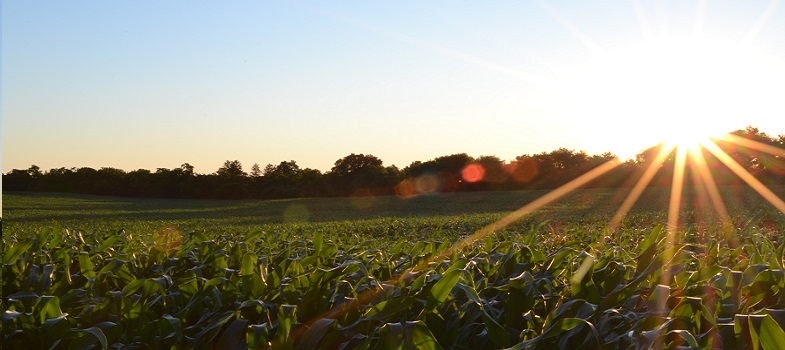Teaching others
You may recall that three of the learning outcomes for this course are:
| Interpret and apply design thinking and systems thinking methods and tools |
| Assess and develop your facilitation practices, including running a blended learning course using the trainers guide |
| Plan your own approach to establishing a Living Lab to provide an innovative agricultural advisory service. |
However, there is only so far you can go with studying what I have set out in this course without actually doing them for real. I cannot provide the opportunity to do practice these skills in a self-study course. This is learning by doing, as we did in AgriLink, as well as learning by reading and thinking, as you are doing in this course. You could dive straight in and plan a Living Lab, but I hope we have shown you that there is a lot to running a Living Lab and not to do it alone.
So, one way to learn by doing is to study along with colleagues and/or teach people you work with about Living Labs (or whatever you want to call them) and the processes that can be helpful in creating and facilitating them. You may or may not have any experience of formal teaching, but if you work with and advise others then you should have some of the skills needed to facilitate learning as well as facilitate a Living Lab.
Even so, you may feel that is a daunting task. That is why we have also written a Living Lab Trainers’ Handbook [Tip: hold Ctrl and click a link to open it in a new tab. (Hide tip)] . This is not going to make you a teacher overnight, but it does give guidance on how you could use the AgriLink course, or materials from it, to run some training sessions. As with a Living Lab, you may want to start small and focus on one or more of the participatory methods outlined in the AgriLink Living Lab Toolbox. As things develop, you might go further and work through a cycle of design thinking on an issue that you and work colleagues can all agree on. Only when you are comfortable with the ideas and processes do you need to try them out with other people who you want to introduce the notion of a Living Lab to.
All learning journeys start with small steps and if you have completed this course then you have come a long way and can expect to go even further as you look to create innovative agricultural advisory services, whether that be through a Living Lab or some other participatory approach. I have also provided links to more resources, many on the AgriLink website, and you may find many more have been added since this course was created.
Enabling conditions
